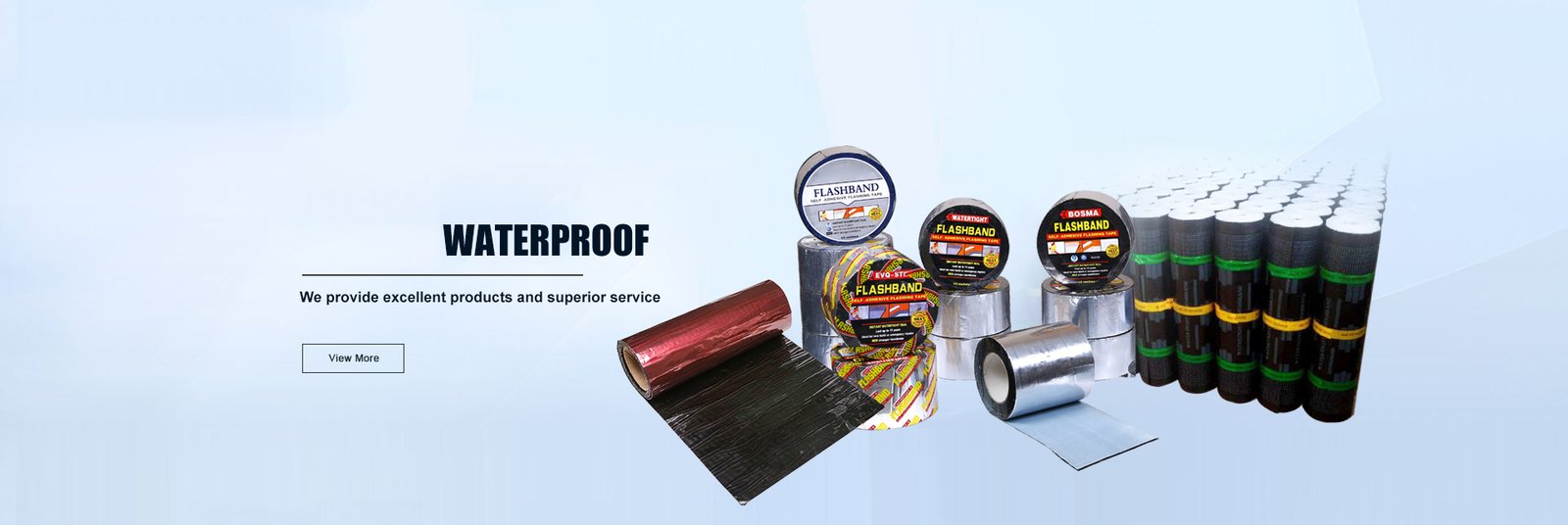
Epoxy resin Road Crack Sealant
Epoxy resin Road Crack Sealant
1. Product introduction
Two-component modified epoxy resin low-viscosity liquid adhesive has low viscosity, loose proportion, less heat release, long pot life, and a simple slurry pouring process. Product Features of Epoxy Resin Grouting Adhesive Extremely strong penetration, low viscosity; anti-aging, water, acid, and alkali resistance; does not contain volatile solvents, does not shrink when hardened; has excellent toughness and impact resistance after curing.
2, The scope of application of epoxy resin joint glue
This product is widely used in the repair of cracks in concrete bridges, houses, water conservancy, roads, and other projects, as well as the reinforcing glue injection repair of defects such as honeycomb and looseness inside concrete, anti-corrosion of glass fiber reinforced plastics, and anti-corrosion construction of structural surface coatings. It is suitable for pouring and bonding the gaps generated by concrete components and brick and tile components to achieve crack repair and reinforcement.
3. Operation process of epoxy resin joint glue
Crack inspection → crack treatment → buying glue nozzle → sealing → sealing inspection → preparing epoxy resin joint glue →glue filling → maintenance → inspection
4. Crack inspection
Comprehensively investigate the nature of the cracks and the length, width, depth, direction, penetration, and water leakage of the cracks, so as to determine the treatment plan. The width of the crack can be measured with a reading microscope, and the depth and direction of the crack can be checked by ultrasonic, pressurized water, or drill hole sampling.
5. Crack treatment
For the cracks of small concrete components, use tools such as wire brushes to remove the dirt on the surface of concrete cracks, loose layers, and other dirt, brush off the floating ash, and wipe clean the range of 2 to 75px on both sides of the cracks with alcohol or acetone. For deeper cracks in larger concrete members, in order to effectively seal the cracks, “V” grooves can be chiseled along the cracks. For more prominent concrete members or deeper cracks, drilling grouting can be used along the cracks to allow the grout to enter the cracks with a broader path.
Set grouting nozzles. Grouting nozzles must be installed at the intersection of cracks, wide cracks, and crack ends. The distance between grouting nozzles depends on the size, direction, and structure of the cracks. Generally, the distance between grouting nozzles is 30 when the crack width is 0.3 to 12.5px. ~1250px, the slurry inlet, exhaust, or slurry outlet must be set on a crack. The grouting nozzle can be pasted at the predetermined position with crack repair glue first, or it can be pasted together when sealing the seam. Special care should be taken to prevent clogging of the grout nozzle.
The quality of seam sealing directly affects the effect and quality of grouting, so special attention should be paid to it. Use HM-120M crack repair to seal the cracks. Weigh and mix the crack repair glue according to the recommended glue ratio. Use a putty knife to scrape back and forth along the cracks, and then evenly apply a layer of thickness about 1 to 50px, width
2 ~ 75px cement, pay attention to prevent small air bubbles and poor sealing.
6. Seam sealing inspection
Under normal circumstances, the leak test can be carried out 1 to 2 days after the seam is sealed to check the sealing effect and penetration of the crack. If compressed air is used for the leak test, a layer of soapy water can be applied along the crack, compressed air is blown in from the grouting nozzle (the pressure is the same as the grouting pressure), and the leak can be closed again; if compressed water is used for the leak test, After the inspection, use compressed air to blow off the accumulated water, and leave enough time for the crack to dry. For important components or cracks with complex directions, it is recommended to conduct a leak test to ensure the effect of glue injection.
7. Preparation of grouting glue
To prepare epoxy resin joint glue solution, accurately weigh the two components according to the recommended glue ratio according to the estimated glue filling amount and mix them evenly. Starting from the glue mixing, the glue injection operation should be completed within the application period of the glue solution (25 ℃ about 90min).
8. Glue filling
The glue-filling operation should use special glue injection equipment. Before glue filling, use compressed air to blow out the pores and cracks to achieve an anhydrous dry state. According to the size of the crack area, single-hole or group-hole glue can be used. The glue on a crack can be from shallow to deep, from top to bottom, from one end to the other. The glue filling pressure is usually 0.2MPa. Under the condition of ensuring smooth glue filling, a lower glue-filling pressure and a longer glue-filling time can be used to obtain a better glue-filling effect. When the glue comes out from the last glue port and the glue rate remains stable, keep the pressure injection for about 10 minutes to stop the glue filling. Remove the pipeline, and pay attention to prevent glue flow. The glue should be cured in an environment above 5°C, and the curing time depends on the ambient temperature. Under normal circumstances (25°C), it can be cured for 2 to 3 days.
9. Glue potting effect test
After the glue filling is finished, the effect and quality should be inspected. If there is any unqualified situation such as a lack of compactness, it should be refilled. The effect of glue filling can generally be inspected by pressing water. Inspection holes are set in parts with many cracks and poor glue-filling quality. The water pressure value is generally 70-80% of the glue filling pressure. qualified. For significant components, appropriate locations can also be selected for core drilling inspection, and the core samples can be processed into test pieces for mechanical performance tests.
10. Precautions for epoxy resin joint glue
The temperature affects the curing effect, the high temperature will cure quickly, and the low temperature will slow down the curing; If accidentally swallowed or splashed into the eyes, please seek medical attention immediately.
11. Epoxy resin joint glue transportation and storage
Store in a dry and clean warehouse at an ambient temperature of 5°C to 25°C. Do not store in the open air or the rain, and do not damage the packaging. A and B components should be stored separately to avoid mixing. From the date of production, the effective storage period is 12 months; This product is not dangerous and can be transported as a general chemical building material. During transportation, the packaging must not be damaged, exposed to the sun or rain, and must not be tilted or turned upside down.







